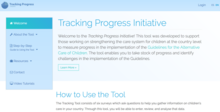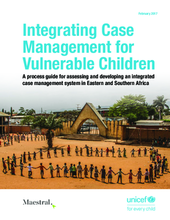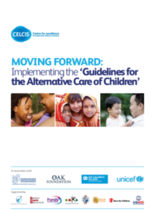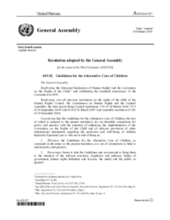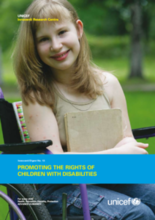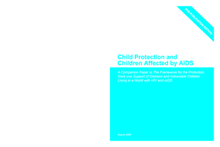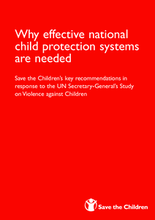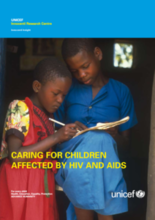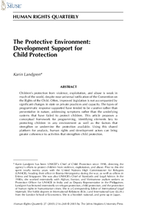This section includes resources with information on frameworks and fundamentals for assessing government commitment, capacity, and strategies for care provision as well as monitoring, reporting and oversight guidelines.
Displaying 1 - 10 of 10
The Tracking Progress Tool is a free, web-based, interactive diagnostic and learning tool designed to enable national actors to determine the extent to which their country has effectively implemented the Guidelines for the Alternative Care of Children and to identify the priorities for change still ahead.
This guide is aimed at informing policy makers and programme managers working across Eastern and Southern Africa to implement an integrated case management approach to practice with vulnerable children and their families.
INSPIRE is an evidence-based resource for everyone committed to preventing and responding to violence against children and adolescents. It represents a select group of strategies based on the best available evidence to help countries and communities intensify their focus on the prevention programmes and services with the greatest potential to reduce violence against children.
This handbook, Moving Forward: Implementation of the ‘Guidelines for the Alternative Care of Children,’ is aimed at legislators, policy-makers and decision-makers, as well as professionals and care providers, to support the implementation of the Guidelines for the Alternative Care of Children, endorsed by the United Nations General Assembly in 2009. It explains the key thrusts of the Guidelines, outlines the kind of policy responses required, and describes ‘promising’ examples of efforts already made to apply them in diverse communities, countries, regions and cultures.
The Guidelines for the Alternative Care of Children were endorsed by the United Nations General Assembly on 20th November 2009, in connection with the 20th anniversary of the UN Convention on the Rights of the Child.
A report on the situation of the millions of children globally with disabilities, and the challenges faced in realizing their human rights. It gives an overview of international standards, and strategies for advancing the social inclusion of children with disabilities in their families, schools, communities, and wider society.
This paper provides more detailed information on the provisions that should be in place in relation to the state social welfare sector, social protection, legal protection and justice, and alternative care. It also addresses the need to combat the stigma of abuse and HIV and AIDS.
Save the Children’s response to the UN Secretary General’s Study on Violence Against Children. It outlines the key steps required by governments towards ending all forms of violence against children.
Guidance on supporting children, families, and communities affected by HIV and AIDS. Covers topics such as ensuring adequate family support for children affected by HIV and AIDS, supporting child headed households, small group homes and collective foster care.
A paper introducing the concept of a ‘Protective Environment’ which outlines the elements required in a society for the effective protection of children from violence, exploitation and abuse.

